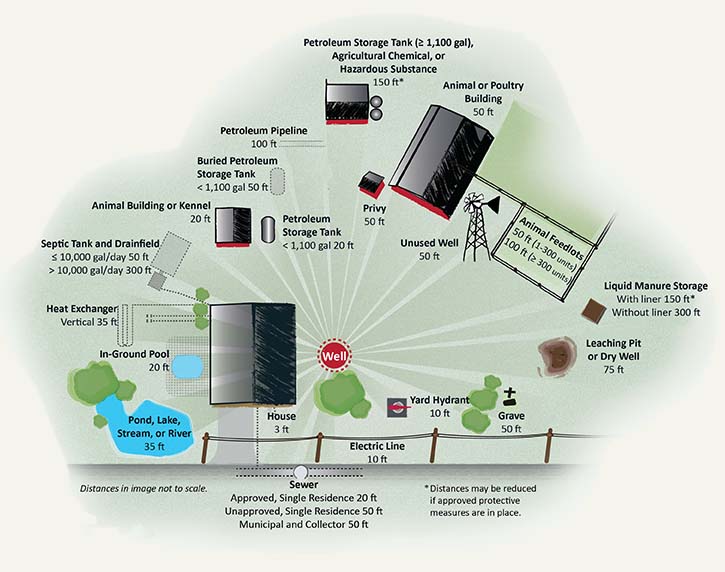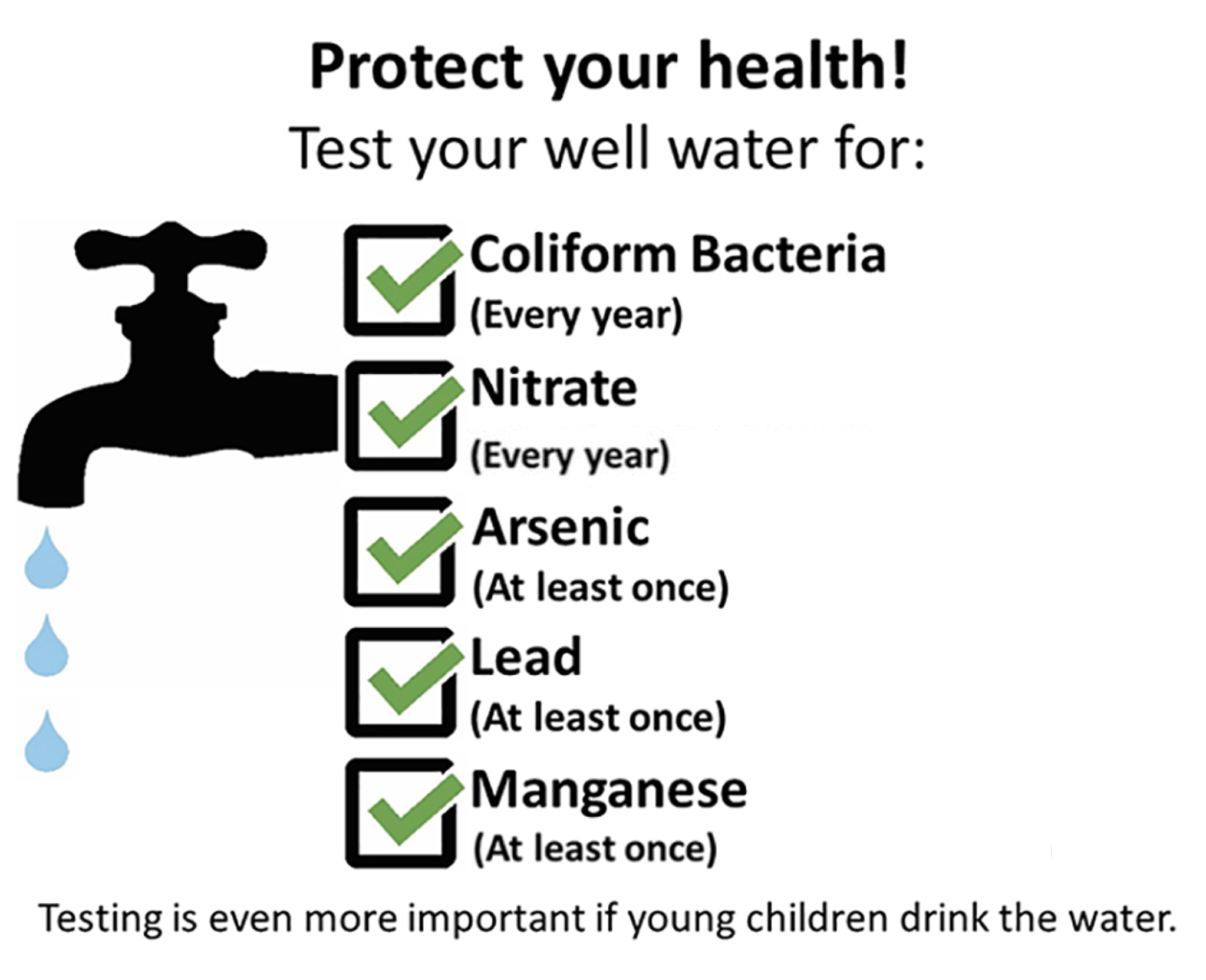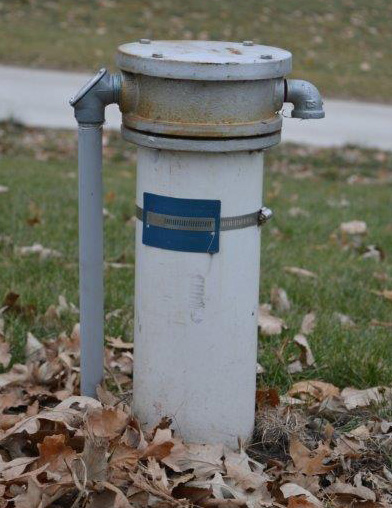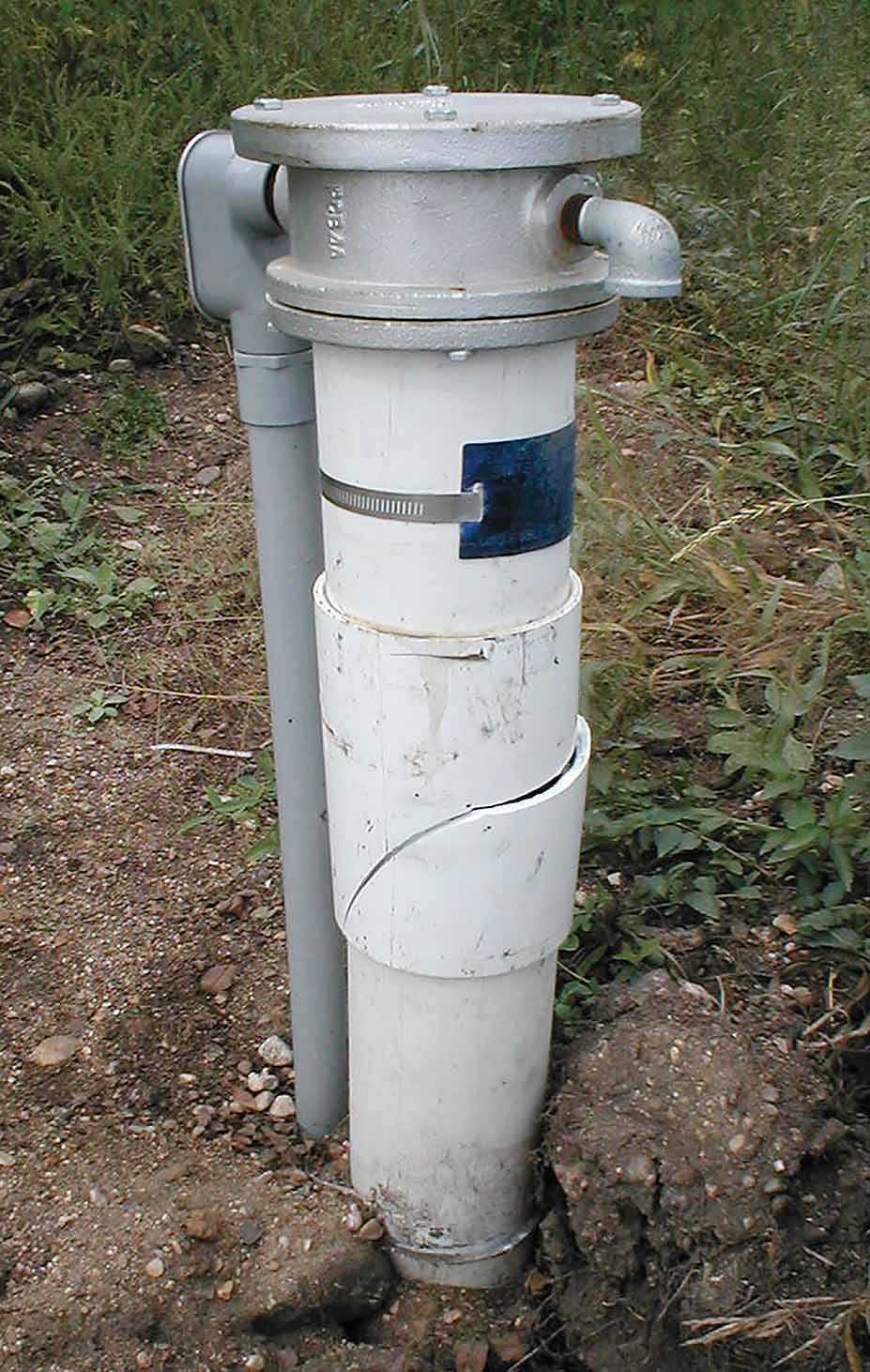Wells and Borings
- Request/Look-up Services
- Wells and Borings Home
- EPA Request: Nitrate
- CEUs
- Construction of Wells and Borings
- Contractors
- Fees
- Laws and Rules
- Licensing
- Minnesota Well Index
- Natural Disasters
- Permits
- Publications
- Resources
- Sealing of Wells and Borings
- Special Construction Areas
- Water Quality and Testing
- Water Information
- Well Disclosure
- Well Partners
Wells Program
Related Topics
- Accredited Laboratories/Well Water Testing
- Clean Water Fund
- Contaminants in Water
- Flooded Wells
- Pesticides
- Water and Health
Environmental Health Division
Owner's Guide to Wells
A well that is properly located, constructed, maintained, and tested can provide a reliable and safe drinking water source and serve many domestic, agricultural, and commercial purposes.
You and your licensed well contractor have important roles in keeping your well safe. A safe well helps keep your household healthy and protects Minnesota’s groundwater. Remember your role by remembering TIPS.

Keep all well records related to well construction, maintenance, repairs, disinfection, sediment removal, and testing.
1.2 million Minnesotans get their drinking water from a private well.
Your licensed well contractor’s responsibilities when constructing your new well
Ensures proper well location.
- Correct distance from contamination sources (see image below).
- Good drainage away from the well.
- Highest practical site on the property.
Complies with MDH regulations by using approved methods, products, and materials.
Disinfects your well to get rid of harmful bacteria.
Collects an initial water sample after construction is finished to test for coliform bacteria, nitrate, and arsenic before you start using your well water for drinking or cooking.
Gives you a copy of the water test results and the Well and Boring Construction Record.

Figure 1: Partial list of minimum isolation distances. Isolation distances keep pollutants away from your well to protect your water. Some sensitive wells will require greater isolation distances. For a complete list of isolation distances, see Isolation Distances from a Water-Supply Well.
Go to > top.
Your responsibilities
Test your water.
You are responsible for regularly testing your well water. Both natural sources and human activities can contaminate wells and cause short- or long-term health effects. You cannot taste, see, or smell most contaminants. MDH recommends using an accredited laboratory to test your water. Contact an accredited laboratory to get sample containers and instructions, or ask your county environmental or public health services if they provide well water testing services.

Inspect your well regularly.
- Damage: Any cracks or holes in well casing, corrosion, loose wires, or soil settling?
- Well cap: Is it securely attached to the well casing? Is it broken or missing?
- Connections: Are the electrical conduit and other connections watertight?

Figure 2: Well in good condition.

Figure 3: Damaged well.
Protect your well.
Do these things:
- Keep top of well at least 1-foot above ground.
- Keep well area clear of debris.
- Maintain minimum isolation distances from contamination sources (see isolation distances image above).
- Mark your well with flags or posts to protect it from being hit by vehicles or machinery.
- Take precautions before and after floods.
Do NOT do these things:
- Allow water to pond around your well.
- Use, store, or dispose of potential pollutants (such as animal wastes, fertilizers, pesticides, or hazardous chemicals) near your well.
- Tie animals to your well.
- Dispose of waste in unused wells.
Seal unused wells.
A well that you no longer use (unused well) can be a pathway for contaminants to get into groundwater and is a safety hazard. You are responsible for getting unused wells on your property sealed. Only a licensed well contractor can legally seal wells.
Contact a licensed well contractor if your well needs to be repaired or sealed.
Go to > top.
Resources
- Well Owner’s Handbook: A Consumer’s Guide to Water Wells in Minnesota (PDF)
- Flood Precautions For Private Water Wells
- Licensed Well and Boring Contractor Directory
- Sealing of Wells and Borings
- Search for Accredited Laboratories
- Water Quality/Well Testing/Well Disinfection
Of interest
Print information brochure
Questions
Well Management Section
651-201-4600 or 800-383-9808
health.wells@state.mn.us
Go to > top